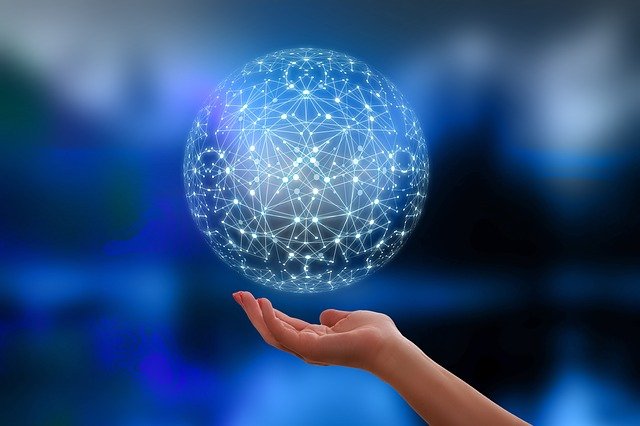The previous versions of the web:
- Web 1.0: The first version of the web was started with the development of the web browser in 1991. It consisted of static websites with content written by a few people and organizations. Other people can only read the content, they cannot comment or provide new information, so it is just one-way communication.
- Web 2.0: The next version of the web, which is web 2.0 was started approximately from 2004. It allowed consumers to add content through comments, blogs etc. People started generating lots of content through social media websites too. So, people can read and write on this version of the web, which allowed two-way communication.
What is Web 3.0:
- Any innovation starts with a vision. So, there were so many visions by many people about how the next version of the web should be. Most of them wanted a web that guarantees data privacy and ensures free speech. The invention of Blockchain technology, which allowed peer-to-peer electronic cash transfer without the intervention of banks, gave hopes of creating the decentralized web, where user privacy and free speech are guaranteed. Web 3.0 is being crafted using the latest technologies such as blockchain technology, Artificial Intelligence, the Internet of Things etc.
- Web 3.0 is defined as a decentralized web, where content does not lie in the hands of big corporations. Instead, it uses peer-to-peer infrastructure, so the information cannot be censored by corporations or the government. So, it can ensure free speech.
- However, the reality may or may not be the same as the vision. It may slightly differ from the vision or may completely go on a different path.
The vision of web 3.0:
- It is expected that web 3.0 will be a decentralized internet. Now there are already so many Decentralized applications or dApps, which are built using blockchain technology to give more control to users over their data and finances.
- As the data is not controlled by big companies, user privacy will be guaranteed.
- The accuracy of the information may also be improved by making Artificial intelligence learn to distinguish between good and bad data. AI is already being used to achieve the purpose. For example, Google removed millions of fake reviews using Artificial Intelligence.
- Web 3.0 allows 3D graphics in apps. Big tech companies are already investing in metaverse – virtual environments. Decentraland, Sandbox, CryptoVoxels are some of the popular metaverses. Metaverses are made possible with the help of Virtual Reality (VR) and Augmented Reality (AR) technologies. In the virtual world, we can communicate, shop and play games using our digital avatars. There, we can use cryptocurrencies for financial transactions.
- Some websites and apps are already incorporating web 3.0 into their applications. Some experts are saying that web 3.0 may not completely replace web 2.0 at least not in the near future. Instead, both will operate simultaneously.
Challenges:
- There are fears that the virtual worlds of web 3.0 may make internet addiction more severe.
- Some people opine that there is no guarantee that web 3.0 is also controlled by big tech companies. Earlier when the first version of the web came, people expected that it will guarantee free speech and no one can control it like they controlled traditional media such as newspapers and television. But, the web content is also largely controlled by big corporations. So, there are fears that web 3.0 may also turn into the same.
Conclusion:
Web 3.0 is defined as a decentralized web, where content does not lie in the hands of big corporations. Instead, it uses peer-to-peer infrastructure, so the information cannot be censored by corporations or the government. It is expected to ensure user privacy.
Your Turn…
What are your thoughts on web 3.0? Express your opinions through the comment section below. And subscribe to our blog to read answers to the trending GD topics.
Image by Gerd Altmann from Pixabay
References:
- Eenadu Telugu newspaper dated 5th January 2022.
- What is Web 3.0: A beginner’s guide to the decentralized internet of the future
Copyright @ Group Discussion Ideas.

